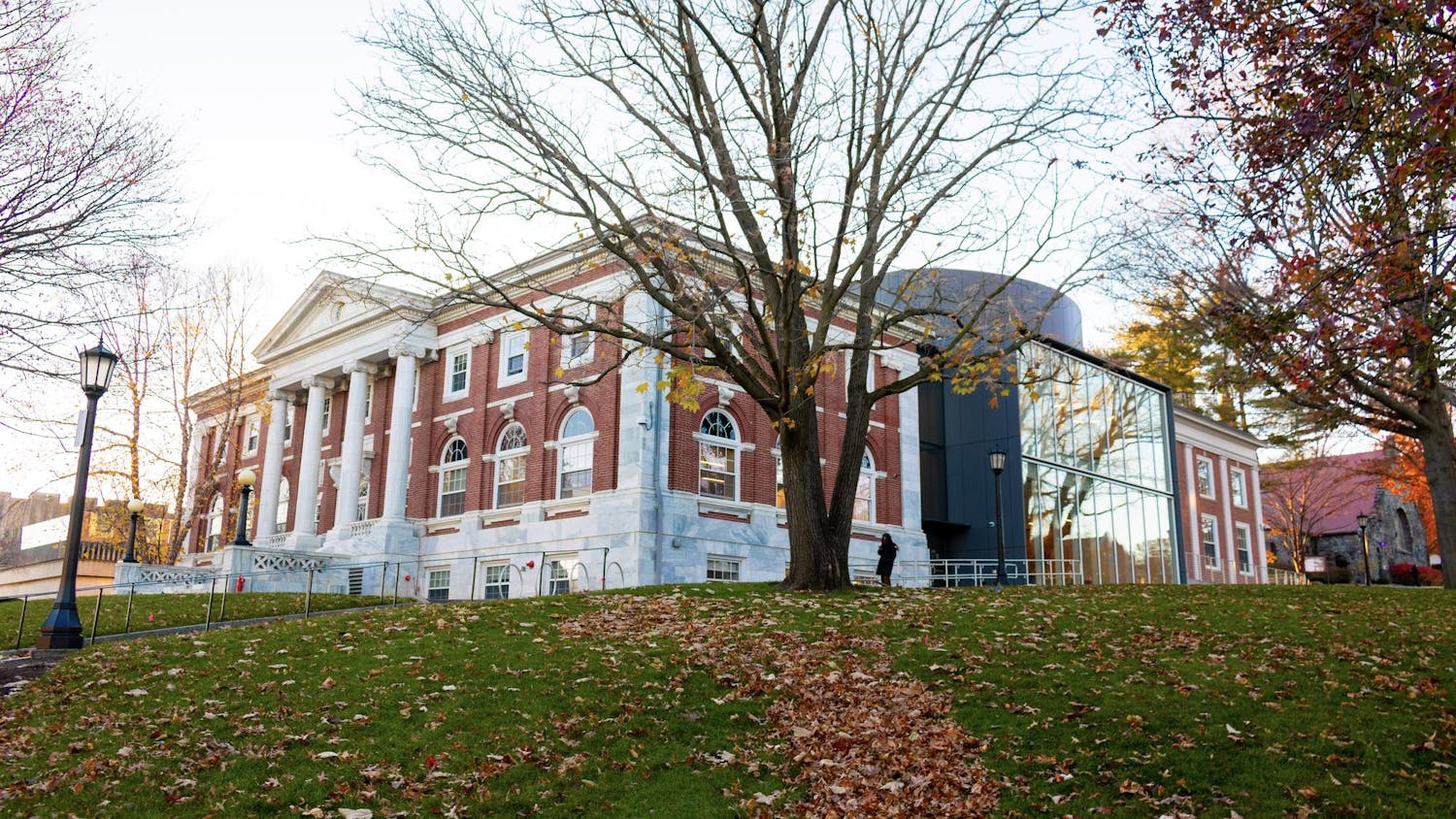There are plenty of soccer fans on campus, but very few follow the New England Revolution. The Revolution has been respectably successful. The team won the Lamar Hunt U.S. Open Cup in 2007 and currently sits in third place in Major League Soccer's Eastern Conference. But the team shares Gillette Stadium in Foxborough, Mass. with the New England Patriots. Few Bostonians want to venture over 20 miles out of the city to watch a soccer game, especially considering the tepid interest in Major League Soccer in this country. And this is a fact that Robert Kraft (A '53), the Revolution's owner, recognizes. It is one of the main reasons behind his proposal to construct a soccer-specific stadium in Somerville's Inner Belt district. Not only is the urban location more practical for Boston residents, but Kraft sees great potential for a fan base in the surrounding area, which is full of immigrants from countries such as Brazil and Italy that are known to be more fanatical about the sport than the United States.
This idea is still in its planning phase, and logistics concerning a prospective maintenance facility for a Green Line T stop set to be built nearby will have to be sorted out. No formal cost estimate has been released, but, for example, a soccer stadium recently constructed in Utah cost around $110 million.
The new stadium has a lot in its favor, especially considering the Massachusetts Department of Transportation's planned extension of the Green Line into Somerville. The new stadium would bring restaurants and retail to an area currently dominated by warehouses and light manufacturing and distribution facilities; this would help transform the Inner Belt, which is just one mile from Downtown Boston, into the "urban village" that Somerville hopes to work with developers to create there, according to the city's Web site. The idea, according to the Somerville site, is to develop the Inner Belt into a "pedestrian oriented residential, office and retail" neighborhood. The stadium could provide a venue for large-scale concerts and other events. There is also great potential to create a source for significant new tax revenue.
To succeed, the project would need to be carefully evaluated and planned, with close interaction between the local government and the Kraft Group. The Revolution would need a great deal of help in the public relations field, as it remains a relatively low-profile enterprise. More importantly, the influx of capital that a new major sports venue would bring would be accompanied by more businesses and, ultimately, more housing. Somerville in the past 10-plus years has had the good and bad fortune of seeing housing prices skyrocket after the repeal of rent control in 1994. Many middle-class residents now struggle to afford housing in the city. The development of this unexploited area provides an opportunity to create less expensive housing in a blossoming urban center.
But the success of the stadium project is imperative because if it fails, Somerville is left with a full, inutile lot that does not produce significant tax revenue and has squandered its potential for development.
The Inner Belt is clearly an opportunity-rich district: the Green Line is on its way there, and telecommunication and biotech businesses are eyeing it because of its proximity to both Boston and Cambridge. Whatever decisions the Kraft Group, the city and the Department of Transportation make, it is clear that a new soccer-specific stadium in Somerville could do a great deal of good for an underdeveloped district and an underrepresented sport in New England.





